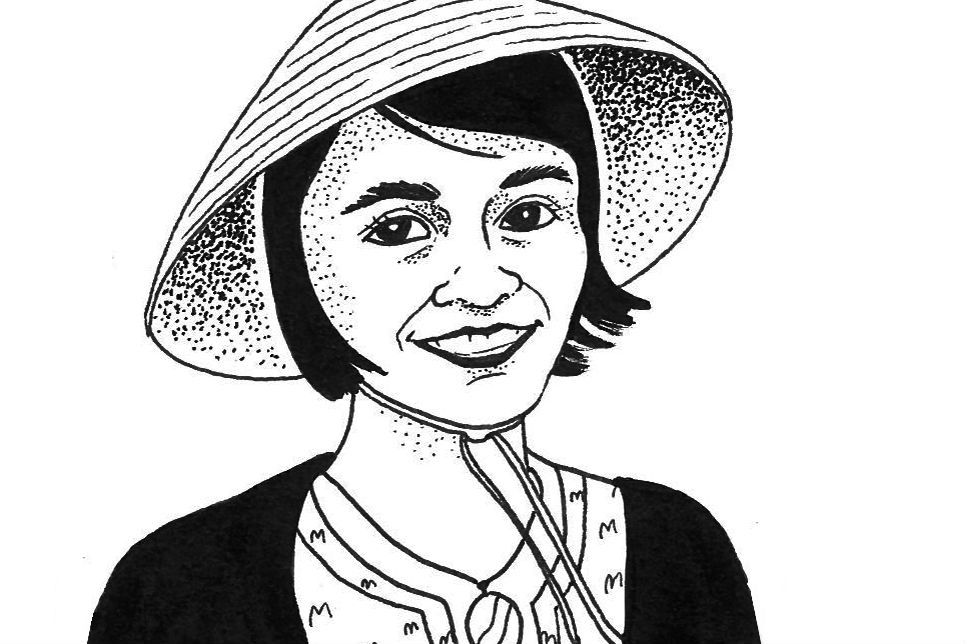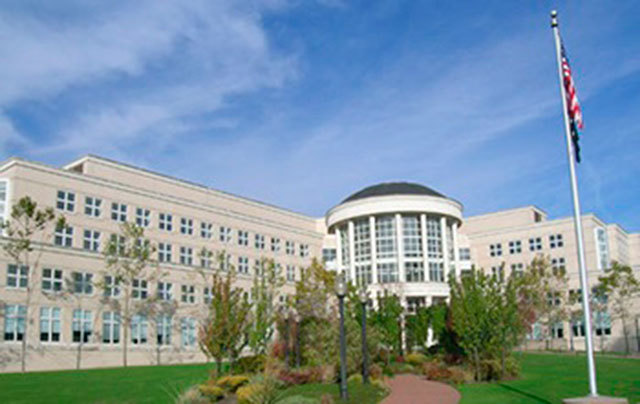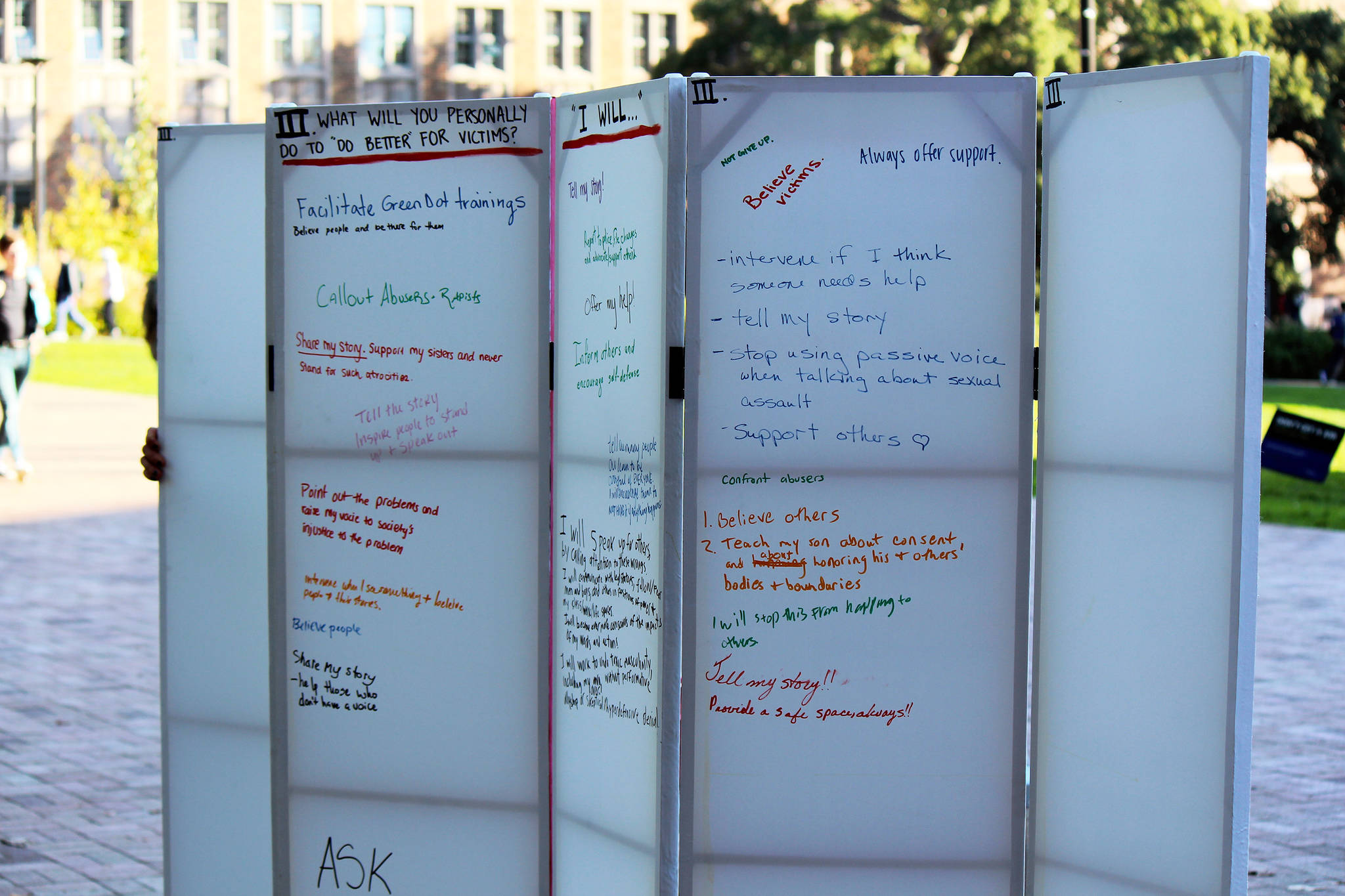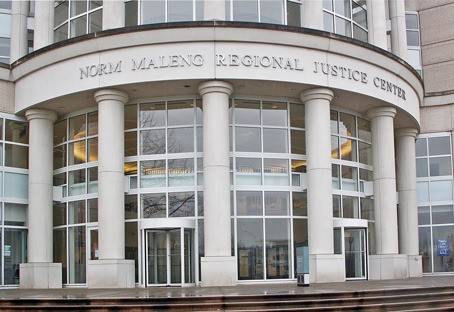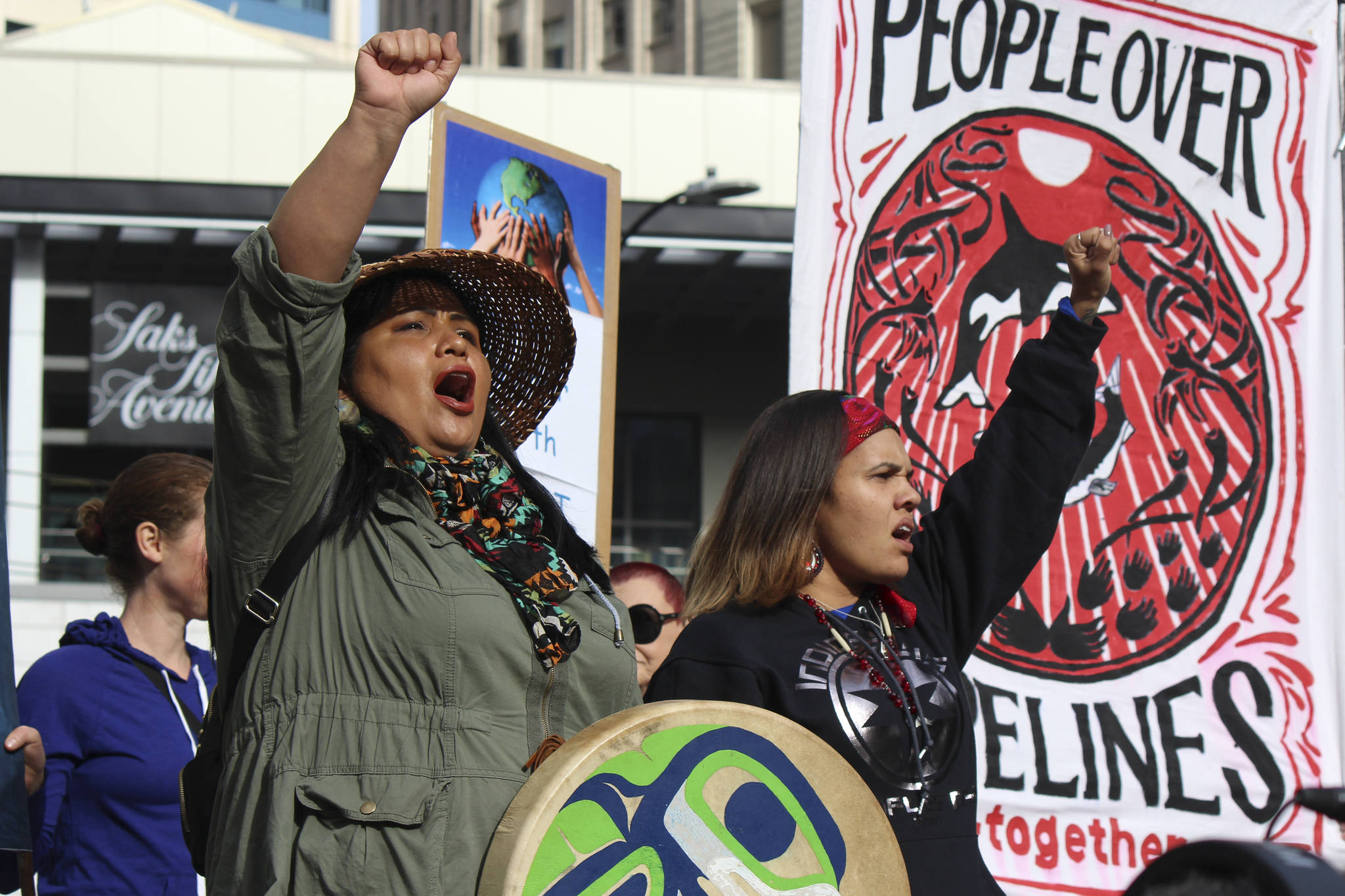Over the past few weeks, millions of eyes have turned to the windswept plains of North Dakota. Thousands of people—and hundreds of tribal nations—joined the Standing Rock Sioux in their efforts to stop construction on the 1,710-mile Dakota Access oil pipeline. Among them were at least half a dozen tribes from the Pacific Northwest, including the Chehalis, Nisqually, and Colville, who staged a solidarity paddle on the Missouri River to support the Sioux in what has become quite possibly the country’s largest intertribal act of resistance—ever.
So far it’s working: On September 9, as soon as a federal judge denied the Standing Rock Sioux’s request for a temporary injunction to block the pipeline, three federal agencies issued a statement overruling that decision. Thanks to “important issues raised by the Standing Rock Sioux Tribe and other tribal nations,” the Obama administration has now called for a temporary halt on all construction in the contested areas.
We sat down with Chehalis tribal member and Seattle resident Selena Kearney, co-organizer of the solidarity paddle, to talk about the significance of this issue to Northwestern tribes—and to all tribes—and why this fight, of all fights, found such a limelight.
You helped organize the solidarity paddle last week; what was the significance of that action? When we paddled up to the Camp of the Sacred Stone, we shared stories and songs. Many of the stories that we shared were relating to the Standing Rock tribe from our point of view—our Northwest tribes’ point of view—of our own water rights.
I think [as an indigenous community], you’re trying to empower and uplift your Native relatives—to be, like, “We’re indigenous people. We have similar fights. We can overcome this environmental racism that we’re all affected by.” It’s time to stand up to that—to say “No,” and that we stand with each other. Also, to create our own culture, to feel like we are taking control of our own image in the public. As Native people, we are rising up. And when we put our voices together, when we stand together, we are so much more capable than if we are alone.
Big news broke last Friday. What were the reactions you saw? What was your reaction? Well, on Friday, we [the paddlers] ended up packing up and heading home. But as we drove away, as I was starting to get service, I started to see the news—the judge’s verdict, which was not really a surprise. He didn’t rule favorably to similar cases in the past. That was definitely a let-down. But I feel like the federal reaction was quite a surprise. That was kind of incredible. It was, like, “Oh, no!” And then a glimmer of hope.
Prior to last Friday’s decision, David Archambault II, chairman of the Standing Rock Sioux, posted a video statement on Facebook, saying that no matter the judge’s decision, he believed that “we’ve already won.” I really feel like that captures it. That’s really one of the take-homes for me—we have already won. One of the things that I think defines this particular movement is nonviolence. A lot of the elders that got up and spoke would speak about how, 50 years ago, you’d have to go in and stop [a project like this] with violence: “We didn’t have the connections. We didn’t have social media. We didn’t have the presence. We were in the depths of the Great Plains, where no one was watching! It was such an isolated fight.” But now it’s not so isolated. And we are able to present that to the world and show that we are peaceful. It really defines the movement. We have succeeded in that.
This could be one of the largest acts of Native resistance this country has ever seen. Why this fight and why now? When I was driving forever, I contemplated that myself: “Why am I doing this? Why on earth am I doing this?” And I feel like, for myself, personally, I was seeing [the protest] unfold through the eyes of other Native Americans. We were able to almost look through each others’ eyes with what was happening, to connect on a level where we weren’t being told our story by someone else, but we were telling our own story, if that makes sense. It was the creators and the writers and the song-makers and the culture-makers and the filmmakers and the journalists that were our own that were telling the story. So I just felt compelled to use [nonviolent] action in that way. Could doing more of this—standing together and representing it in our way—help the situation? And since the answer seemed like “Yes,” I just decided to go.
I think the narrative plays a huge role in this. Not just that we’re taking control of our rights; we’re taking control of the narrative, too. Getting up and speaking for ourselves and letting ourselves be seen and heard. This is 2016. We’re standing together, and we’re more powerful than we have been in the past.
This interview has been edited
for length and clarity.
sbernard@seattleweekly.com
